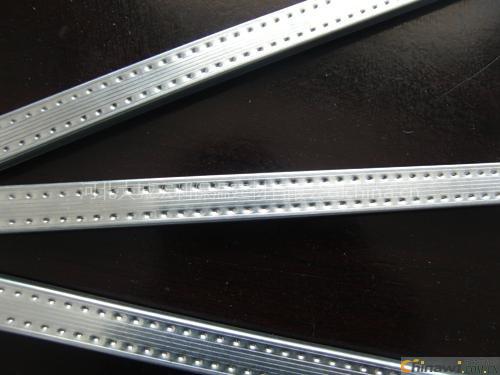1. Materials a. Glass can be used flat glass, laminated glass, embossed glass, heat absorbing glass, coated heat reflective glass, tempered glass, and the like. Float glass should meet the requirements of GB11614 first-class products, superior products, laminated glass should meet the requirements of GB9962, tempered glass should meet the requirements of GB9963.
b. Sealant The color difference between the first and second sealant components used should be clear, and the validity period is more than half a year. The second sealant used in the hidden frame curtain wall must be a silicone sealant, which must meet the performance requirements of the insulating glass.
c. Spacer box: When using the aluminum spacer frame, it must be decontaminated for anodizing.
d. The quality, specifications and performance of the desiccant must meet the requirements for the manufacture and performance of insulating glass.
2. Appearance The inner surface of the insulating glass shall not have any smudges and adhesive splashes that impede the see-through.
III. Performance requirements The sealing, dew point, ultraviolet radiation, climate cycle and high temperature and high humidity performance of insulating glass shall be inspected according to GB7020, and the following requirements must be met.
Sealed at test pressure below ambient pressure 10 ± 0.5KPa
Thickness increase must be ≥ 0.8mm
Dew point will reduce the temperature of the dew point meter to ≤ -40 degrees. UV irradiation 168h. The inner surface of the sample shall have no traces of fog and pollution. The climate cycle and the high temperature and high humidity test will be performed for 320 cycles, and the high temperature and test will be 224 cycles. Dew point test was performed after the test.
I hope that the above sharing will help you. If you have any questions, please contact our company, we will provide you with timely and comprehensive services.

Flexible Diamond Sandings Discs and Metal Bond Nickel Discs are used for the grinding stage, giving high stock removal and a consistent, predictable finish. These Nickel bonded discs are used in combination with magentic Bond discs for the final polishing stages.Flexible supplies a full complement of large discs for all glass applications.Flexible Diamond Discs for Glass from ø150mm for artistic glass to ø600mm and above for robotic polishing of crystal and glass.may be run wet or dry.
Provides aggressive cutting for hard-to-grind material,Open-dot abrasive pattern ,discourages loading Abrasive construction provides durability and long life, allows conformance to contours,perfect for flat or curved surfaces,Flexible diamond flat lapping discs can be supplied with various quick change options including QRS, different adhesives, magnetic and rigid combinations for grinding, polishing and lapping natural and synthetic stones, glass, ceramics and hard materials. Colour coded for easy grade identification.
Flexible supplies a complete range of Metallography diamond discs can offer expert advice on how to utilise fixed diamond abrasives to improve production cycle times.which can grind and polish much faster than a diamond slurry system.
Flexible Diamond Sandings Discs
Flexible Diamond Sandings Discs,Flexible Diamond Sandings Pad,Diamond Sanding Disk,Diamond Abrasive Pad,Diamond Abrasive Disc,Semi-Flexible Diamond Sanding Pad,Diamond Sanding Discs and Kits,Diamond Sanding Pads for Glass,Diamond Grit Sanding Pads
Hans Superabrasive Material Co., Ltd. , http://www.hansuperabrasive.com